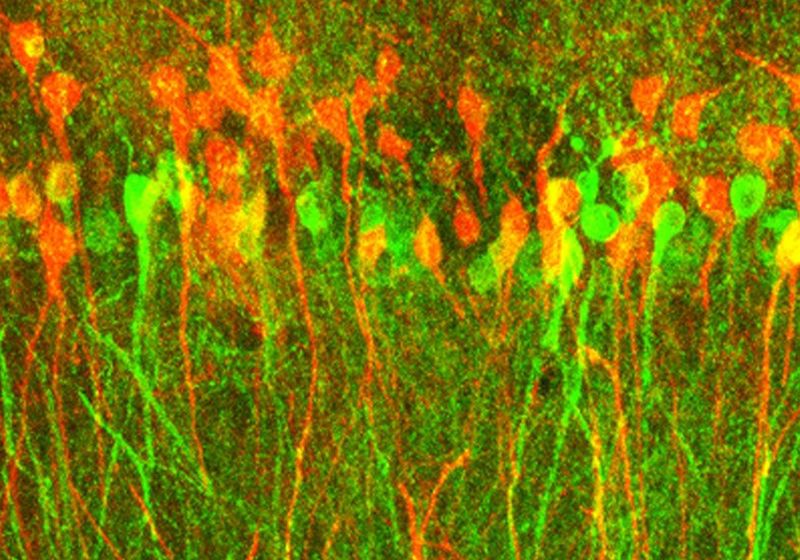Time: 2024-07-08
Neuroscientists have long been fascinated by the mechanisms underlying memory formation in the brain . The puzzle of memory has intrigued philosophers and intellects for centuries , with modern analogies often comparing computer memory to brain activity . However , unlike computer devices , neurons in the brain change as a result of performing memory - related tasks . Storing and processing memories involves nanoscopic motor proteins called kinesin that move materials within neurons to construct the structural code of memory.
For the past 20 years , neuroscientists have been using cutting - edge microscopy technology to study dendritic spines , microscopic structures on neurons where contacts with other neurons are formed . The plasticity of dendritic spines , or the change in dendrite shape , has been found to be highly correlated with memory performance in animals . The number of dendritic spines that bud on neurons is directly related to memory recall and performance , as observed in studies with mice trained to associate certain stimuli with fear and reward.

Engrams are ensembles of cells that encode , store , and retrieve memories in the brain . Advances in technology , particularly optogenetics , have shed light on the elusive nature of engrams . Neuroscientists have used optogenetics to study engram stability over time and factors that affect the quality of memories . By selectively activating and silencing specific neurons in the hippocampus , researchers have been able to label memory engrams and observe their role in memory retrieval tasks , highlighting the importance of excitable cells in memory formation.
Optogenetics has revolutionized memory research by allowing scientists to manipulate and observe specific neural circuits involved in memory formation . By using new optogenetic tools , researchers have explored rewarding and false memories , as well as the linking and generalization of memories occurring close in time . These tools have provided a deeper understanding of how memories are encoded and retrieved in the brain , paving the way for future studies on memory orchestration across multiple brain regions and the impact of external factors on memory quality.